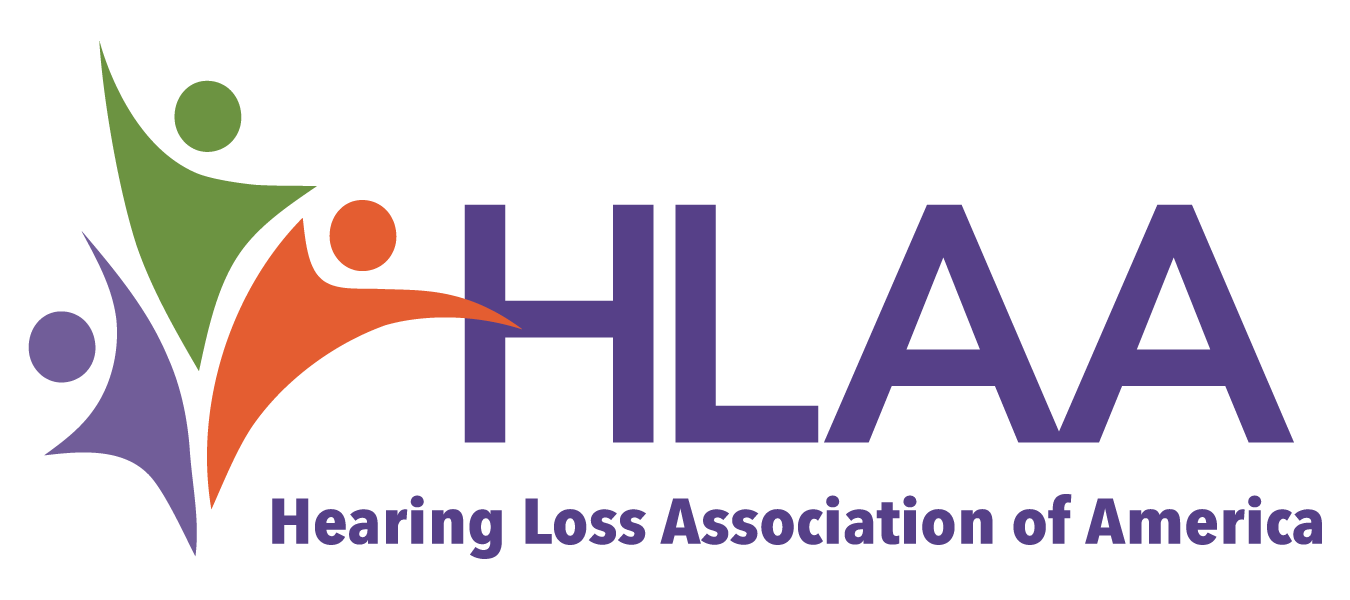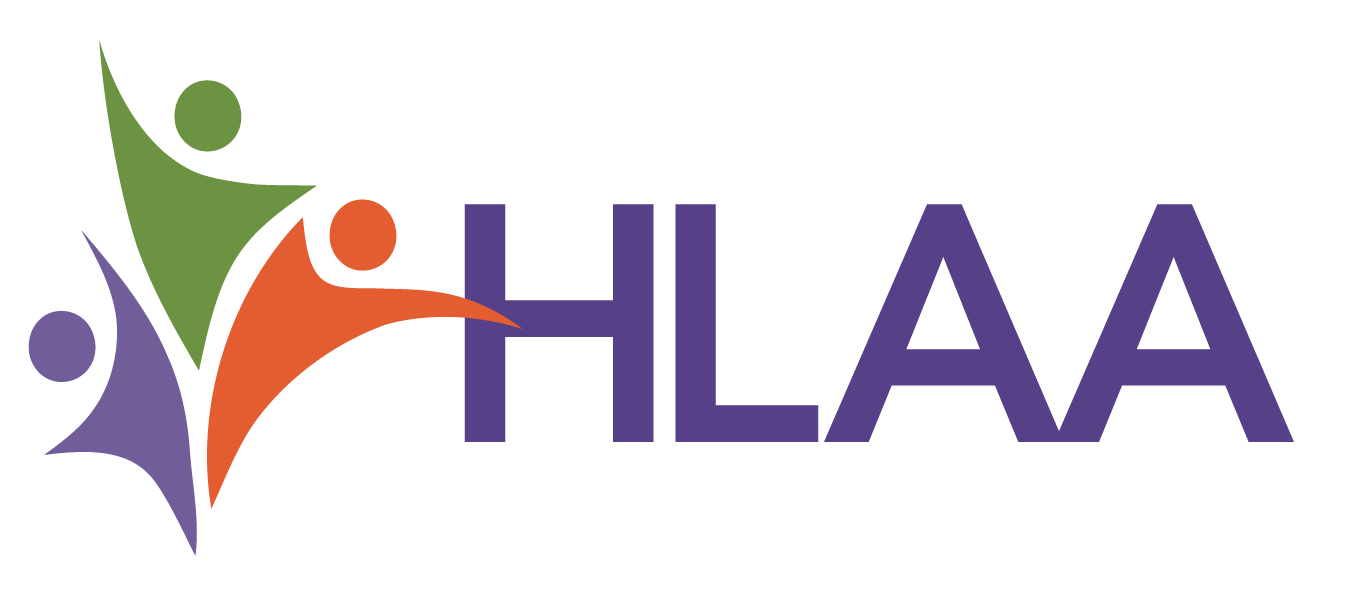

Collaboration Shines Light on U.S. Disparities in Hearing Care
(Rockville, MD – March 2, 2021) As the global health community recognizes World Hearing Day on March 3, the American Speech-Language-Hearing Association (ASHA) and the Hearing Loss Association of America (HLAA) will use this year’s international observance to spotlight the domestic toll that untreated hearing loss takes on adults in the United States—as well as the disparities in hearing health care in communities of color.
Spearheaded by the World Health Organization (WHO), World Hearing Day is meant to raise awareness about how to prevent hearing loss—and promote ear and hearing care around the world. This year, the theme for the observance is “Hearing Care for All,” and it will be marked by a significant development: WHO’s release of the World Report on Hearing on March 3.
In the United States, hearing loss is the third most common chronic health condition. The number of adults aged 20 years or older with hearing loss is projected to increase from 44.1 million in 2020 (15% of adults aged 20 and older) to 73.5 million by 2060 (23% of adults 20 and older), making it a growing public health concern.
Left untreated, hearing loss can negatively affect physical and mental health, career success, safety (including increasing the risk of falls, a leading cause of injury and injury-related death among older adults), social connections and personal relationships, and overall quality of life. Increasingly, evidence shows that treating hearing loss may positively impact cognitive health in adults—including delaying the onset of dementia. In 2020, the Lancet Commission on Dementia Prevention, Intervention, and Care stated that hearing loss is a leading modifiable cause of dementia in mid-life. The commission notes that taking steps to prevent hearing loss as a result of excessive noise exposure, and treating hearing loss through use of hearing aids, can protect against cognitive decline.
“We know that adults with hearing loss often wait years or even decades before seeking help,” said HLAA Executive Director Barbara Kelley. “Many mistakenly feel they are getting by, but in reality they may be socially isolated, withdrawn or depressed, or experiencing declining health. We need to look at hearing loss as a whole health issue, and prioritize it accordingly. World Hearing Day gives us the opportunity to communicate that hearing loss is serious; effective treatments for it are available; and treatment makes a remarkable difference as adults live longer, and ideally more fulfilling, lives.”
“Despite the compelling advantages of treatment, only one in five people who would benefit from a hearing aid actually uses one,” said ASHA 2021 President A. Lynn Williams, PhD, CCC-SLP. “While hearing loss is under-treated among all adults, statistics show that this is especially true in communities of color. The reasons are multifaceted, with individual, provider, health system, societal, and environmental factors all potentially playing a role. As we recognize the theme of ‘Hearing Care for All’ this year, it’s important to highlight disparities in our society and promote equitable access to treatment.”
Disparities in Hearing Aid Ownership
Recent research has documented disparities in hearing aid ownership across various racial, ethnic, and socioeconomic groups. A research letter published in JAMA Internal Medicine showed that while the proportion of older Americans who owned and used hearing aids increased from 15% in 2011 to 18.5% in 2018, fewer Black/African American individuals owned and used hearing aids across time than did White Americans. During this period, Black/African American people experienced a smaller overall increase in the proportion owning and using hearing aids than did White Americans (+ 0.8% vs. +4.3%). Researchers also found that ownership of hearing aids actually dropped across time among older adults living at less than 100% of the federal poverty level (from 12.4% to 10.8%). Nicholas Reed, AuD, of the Johns Hopkins Bloomberg School of Public Health—and lead author of this study—spoke more about this research on a recent ASHA Voices podcast.
Past studies have also documented disparities, although Black/African American and Hispanic/Latino populations have been historically underrepresented in most research—making it difficult to draw broad conclusions. A 2016 study in the Journal of Aging and Health found that among older Americans with hearing loss, non-Hispanic Black and Mexican American adults were 58% and 78% less likely, respectively, than were non-Hispanic White adults to report regular hearing aid use—after controlling for age and degree of hearing impairment. This was true even as Black adults were more likely to report recent hearing testing than were White adults. The authors noted “the need for research on hearing health care that accounts for the effects of race/ethnicity and SES [socio-economic status] to inform the future development of tailored hearing health care interventions.”
Seeking Help for Hearing Loss
ASHA and HLAA join WHO in their global call to action on hearing health. As a first step, anyone who has concerns about their hearing (or that of a loved one) should seek a hearing evaluation from a certified audiologist. Private insurance, Medicaid, and Medicare generally cover evaluations. ASHA and HLAA encourage the public to take this step, even if they think that they can’t afford hearing aids or other hearing services. Audiologists can advise on ways to make hearing aids more affordable, and various organizations offer financial assistance.
Before scheduling an appointment, individuals should check with their insurance plan to find out about their coverage for hearing services. Some plans require a doctor’s referral to see an audiologist. A searchable database of certified audiologists can be found at www.asha.org/profind.
Audiologists can help with other forms of treatment beyond hearing aids to improve a person’s listening and communication skills; this is called audiologic rehabilitation. This includes use of other devices that may help a person hear better at home or in public (e.g., devices that make the telephone or TV sound louder), called hearing assistive technology); tips for using visual clues to enhance speech understanding; and advice for rearranging a person’s home or office to make it easier to hold a conversation and reduce background noise.
ASHA and HLAA have developed a series of informational pieces about hearing loss for World Hearing Day. The public can find them at https://www.asha.org/world-hearing-day/.
This press release is also available on the HLAA website in Spanish.
###
About the American Speech-Language-Hearing Association (ASHA)
ASHA is the national professional, scientific, and credentialing association for 218,000 members and affiliates who are audiologists; speech-language pathologists; speech, language, and hearing scientists; audiology and speech-language pathology support personnel; and students. Audiologists specialize in preventing and assessing hearing and balance disorders as well as providing audiologic treatment, including hearing aids. Speech-language pathologists identify, assess, and treat speech and language problems, including swallowing disorders. http://www.asha.org/
About the Hearing Loss Association of America (HLAA)
The Hearing Loss Association of America (HLAA) is the nation’s foremost organization representing consumers with hearing loss. The mission of HLAA is to open the world of communication to people with hearing loss through information, education, support and advocacy. HLAA holds annual conventions, produces Walk4Hearing events in cities across the country, publishes Hearing Life magazine, online learning and support webinars, advocates for the rights of people with hearing loss, and has a network of chapters and state organizations across the country. https://www.hearingloss.org/

